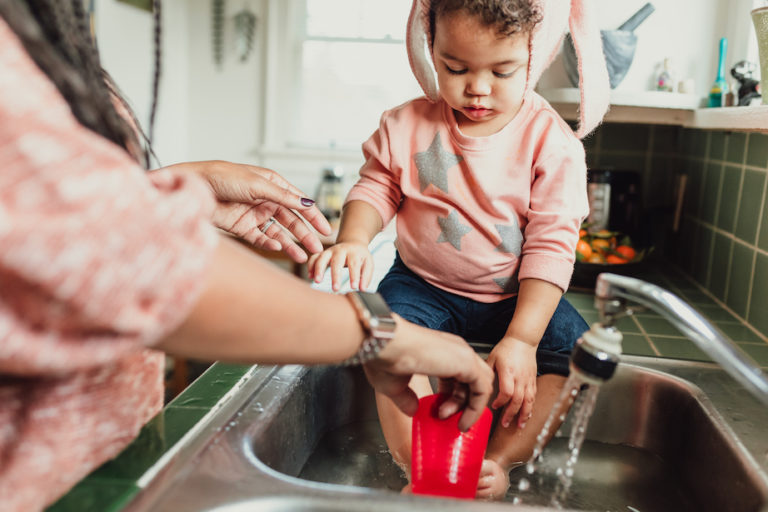“If there’s 10 things that can go wrong with a house, 15 of them are going to be some kind of water issue,” says home inspector Bill Loden, a past president of the American Society of Home Inspectors (ASHI).
In all seriousness, one of the most important ways to protect your investment in your home, the equity you’re building, and your maintenance budget is to be obsessive about moisture. It’s you against all the H2O that Mother Nature and daily living throw at your house.
Daily living? That’s right. A typical family of four, just by doing normal things like cooking, showering, and breathing, converts three gallons of water into water vapor every day, according to the American Society of Heating, Refrigerating, and Air Conditioning Engineers.
Issues like leaks aren’t always obvious either. Keep your eyes open, and when you see a problem, correct it ASAP.
If you neglect moisture issues, the consequences can hit your wallet hard. We’re talking about homeowner nightmares like structural damage, rot, termite infestation, and runaway mold.
Here are 12 signs that your home has, or is at risk of developing, a moisture-related problem, plus a checklist of prevention and maintenance tips. Some moisture issues can be tricky to solve. Don’t hesitate to seek advice from a certified home inspector or other pro.
12 signs that you have a moisture problem
If you live in a condo, you may not be directly responsible for exterior issues, but they still affect you, and it pays to keep an eye on your building.
Exterior
All these relate to poor surface grading and drainage — the most common problem found during home inspections, according to ASHI.
1. Overflowing gutters and disconnected downspouts
2. Cracks in your foundation
3. Water pooling near the foundation
Interior
4. Deposits or flaking on basement walls
5. Leaks or drips of any size
6. Cracked caulking in the kitchen or bathroom
7. Any sign or smell of mold or mildew (see the EPA’s guide to mold)
8. The paint on your walls is bubbling
9. Condensation, frost, or ice on the insides of windows
10. Sweating water pipes
11. An unstable toilet (the floor might be rotting due to a bad seal)
12. Ice or frost on the roof sheathing in the attic
Must-do prevention and maintenance
These simple steps will help ensure that you don’t end up with a big, expensive problem somewhere down the line.
Exterior
- Inspect gutters regularly (gutter covers will help prevent clogs)
- Keep rainwater away from the foundation with downspout extensions
- Make sure the ground slopes away from your house; it should drop 5 to 10 inches over 10 feet
- Keep up with snow removal
Interior
- Run ventilation fans in bathrooms when bathing
- Run the ventilation fan over the stove when you’re cooking
- Clear everything from under sinks occasionally to inspect for leaks
- Use semigloss paint in kitchen and bath; it resists moisture better
- Inspect all water-related appliances and equipment regularly
- Keep air-conditioning drip pans clean and drain lines clear
- Inspect your dryer’s hose and outside vent for built-up lint every 6 months
- Increase air movement with fans as needed
- Keep humidity between 30% and 50% (keep tabs on it with a hygrometer; inexpensive digital and analog types are easy to find)
- Insulate cold surfaces like water pipes to prevent condensation
- Know where your main water shut-off valve is and test it every year




